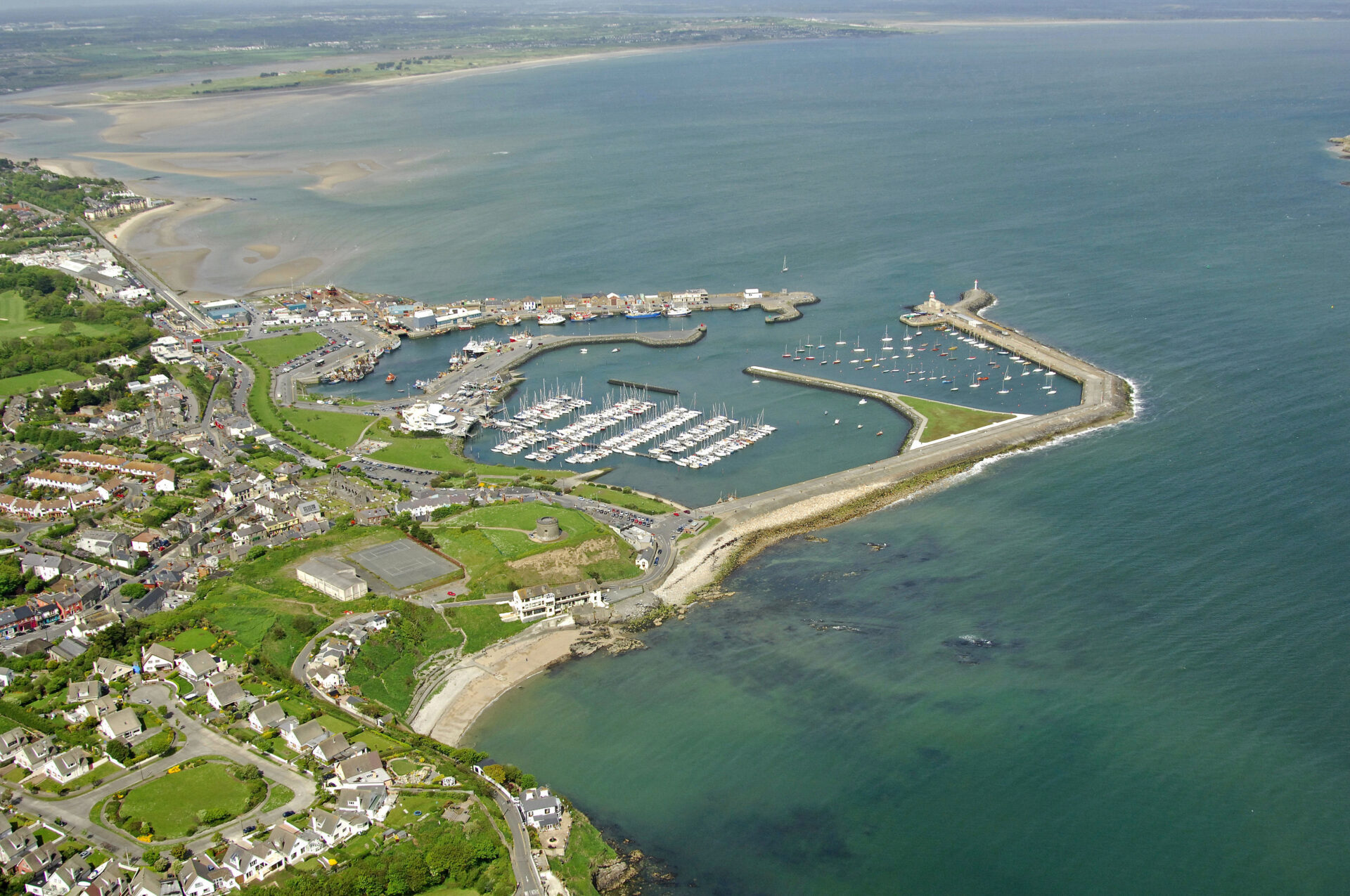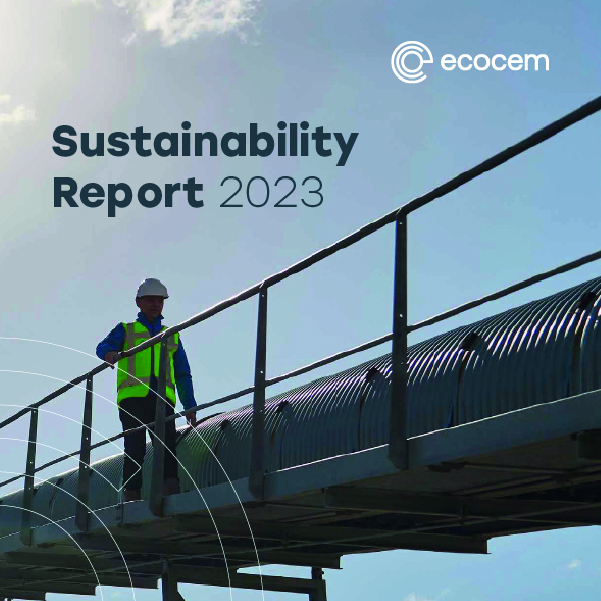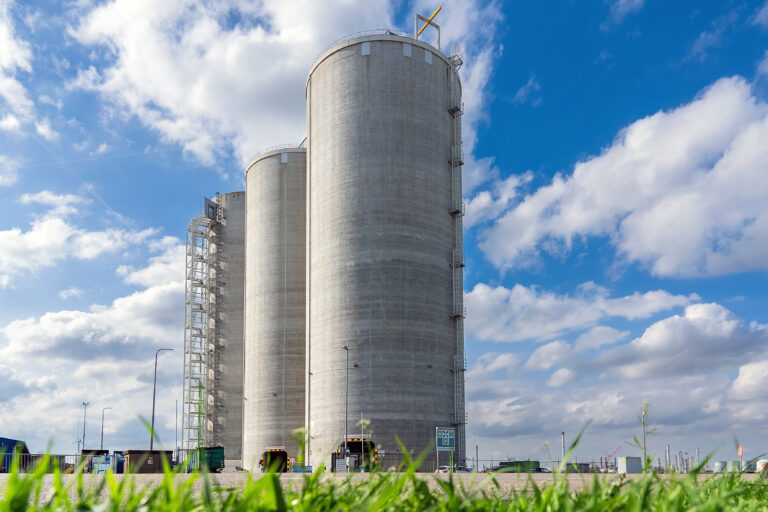
Looking at our own business operations, environmental and social principles guide all our decisions ensuring society and the environment are at the centre of our business strategy and practices. Our performance against our targets and initiatives across all our operations is publicly available via our sustainability report. We operate ISO certified sites across Europe and maintain compliance with our local permits. For more information, contact us here.

Our sustainability reports for previous years can be found here:
Sustainability guides every aspect of our business.
Our program for growth across Europe is guided by a group sustainability strategy revised every five years, based on significant factors identified in consultation with our stakeholders. Our growth and development are assessed against the targets set out in our sustainability strategy under the action pillars identified in our materiality assessment: Workplace, Environment, Community, Ethics and Governance. Our sustainability actions are aligned with the UN SDGs, ensuring actions across the group are taken in accordance with its principles.
Our Sustainability pillars are:
We believe innovation is fostered by the safety, diversity, inclusion, engagement, continuous development, and well-being of our team.

Since 2003, we have saved over 16 million tCO2e (tonnes of carbon dioxide equivalent) from being released into the atmosphere, equivalent to taking more than three million cars off the road for a year.

Supporting our local community and contributing to its resilience by adding social value through employment, charitable donations, volunteering activities, and engaging with stakeholder groups, is very important to Ecocem.

Ecocem is committed to high standards of corporate governance and ensuring the long-term value and success of the company in the interests of all our stakeholders: customers, shareholders, employees, creditors, suppliers, partners and our local communities.